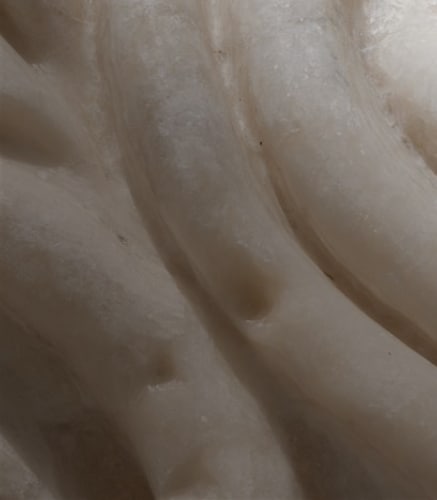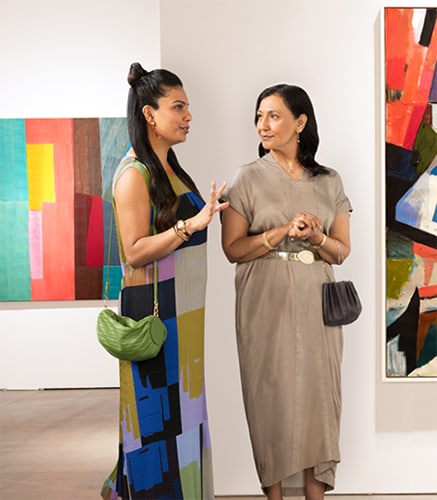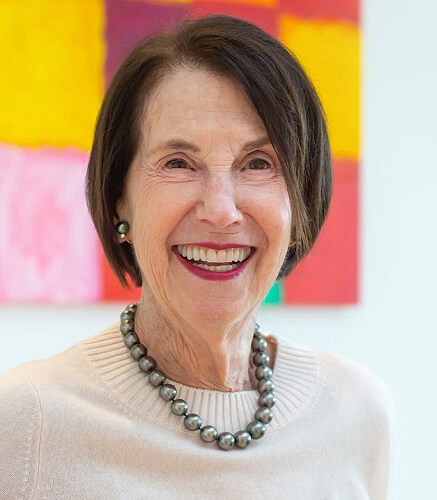As inauthentic and stolen works of art abound, all that glitters may not actually be gold.
The FBI estimates that art and cultural property crime results in billions of dollars of losses each year. In 2014, global news agency Agence France-Presse (AFP) asserted that half of the world’s artworks in circulation were fakes. Understandably, the art world erupted, and debate immediately ensued over the accuracy of the assertion.
In the wake of a series of high-profile forgeries, spanning from Parmigianino to Picasso, Wealth asked two experts to share their thoughts about the state of crime in the fine art world.
James Martin is the head of Scientific Research at Sotheby’s – the first and only department of its kind in the auction world – and a key researcher in high-profile art fraud investigations, including the discovery of the $10 million fake Frans Hals’ “Portrait of a Man.” Jane C.H. Jacob is the managing director of Art Vérité, a multimedia production company that develops and produces educational content to subdue the widespread issues of deception in art.
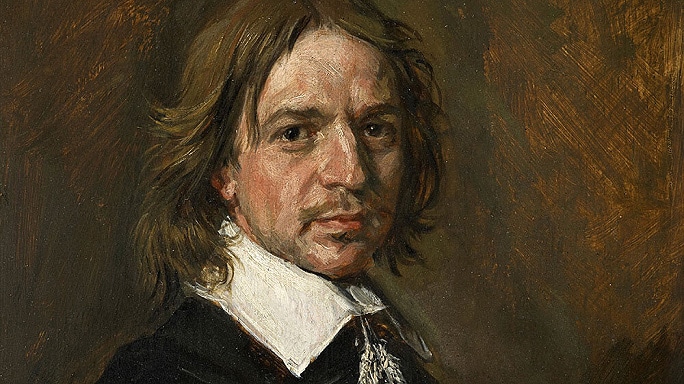
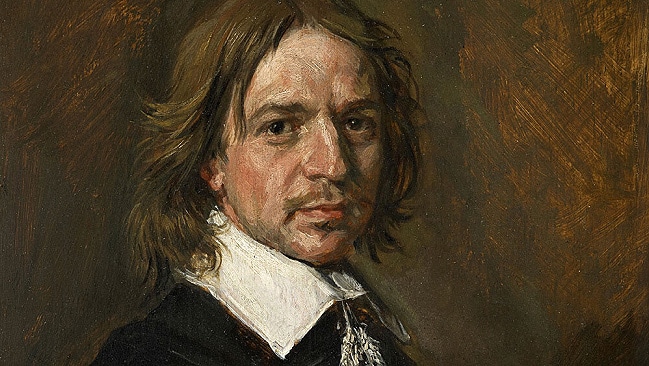
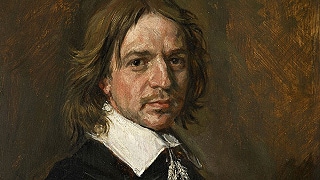
Wealth: How does the current fraud landscape compare with the past?
Jacob: It would be hard to prove an increase with any level of accuracy from a particular point in history. However, the focused ability to confidently identify spurious works of art has definitely increased. Advances in scholarship and forensic science have made major inroads into identifying imitations, which would not have been possible even a hundred years ago.
Martin: Since antiquity, good forgers have been very careful and precise – like the art historians and scientists who now expose them – with the works and the provenance they create. Fortunately, collectors today have powerful research tools, like smartphones, at their fingertips.
Wealth: How does the current fraud landscape compare with the past?
Jacob: It would be hard to prove an increase with any level of accuracy from a particular point in history. However, the focused ability to confidently identify spurious works of art has definitely increased. Advances in scholarship and forensic science have made major inroads into identifying imitations, which would not have been possible even a hundred years ago.
Martin: Since antiquity, good forgers have been very careful and precise – like the art historians and scientists who now expose them – with the works and the provenance they create. Fortunately, collectors today have powerful research tools, like smartphones, at their fingertips.
Wealth: For current and prospective collectors, what analysis is essential to purchasing an authentic work of art?
Jacob: Collectors need to start by asking questions. While it may not be possible to trace every work from the hand of the artist to the current owner, provenance research can help establish the chain of title and begin the foundational research on authenticity. If there are too many red flags, buyers should beware. Time is the biggest perpetrator in art crime; collectors can be emotional when purchasing, thinking there may not be another opportunity to buy and purchasing without conducting research. The risk they take can be very costly.
Martin: Materials analysis generally is employed to test claimed attributes of provenance and attribution, such as about how a work of art was made, stored and altered, and how it compares to works that we know an artist created.
Wealth: What should collectors do if they suspect they possess stolen or inauthentic art?
Martin: Critically assess what was overlooked, so not to repeat in the future. Then seek wise counsel on next steps that best suit the particular circumstances of the case.
Jacob: If you suspect that you are in possession of a stolen work of art, contact the FBI and possibly an attorney. A stolen work of art never clears title no matter how many individuals purchase it – it has no value under U.S. law. If you suspect that a purchased or inherited work of art might not be authentic, then you should contact a recognized expert in the particular field of study, including museum professionals, scholars and authors of catalogues raisonné, and research firms, such as the International Foundation for Art Research.
Nothing false about fraud’s lucrative nature
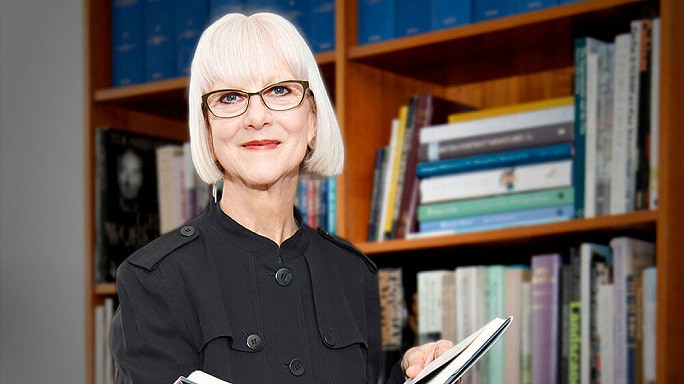
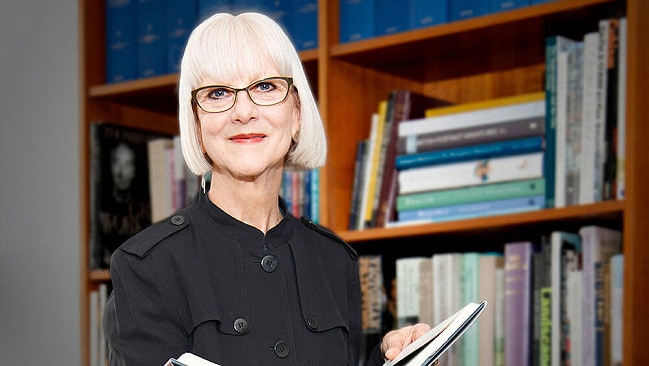
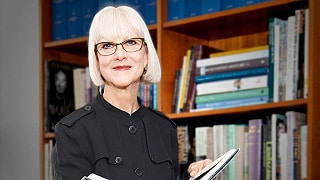
According to Jane C.H. Jacob, the proliferation of art fraud in recent years has reportedly supplanted theft as the leading criminal issue within the fine art world. “With higher art values than ever before, there is also a higher tendency toward crime,” she said. Here are four cases involving fraudulent art.
Old master, new tricks:
In 2016, an anonymous tip prompted French police to seize Lucas Cranach the Elder’s “Venus With a Veil” due to concerns over its authenticity, causing a commotion in the art community – the authenticity of works credited mainly to the old masters and worth an estimated $255 million was disputed.1 Other pieces found to be fake in the investigation included “Portrait of a Man” attributed to Frans Hals2 and a painting of St. Jerome attributed to the circle of Parmigianino.3
Grand closing:
M. Knoedler & Co., a commercial art dealership in New York’s Upper East Side for 165 years4, closed in 2011 amid charges that it sold forgeries of artists such as Mark Rothko, Jackson Pollock and Willem de Kooning for $80 million.5
Not quite Pablo:
In November 2016, Austrian officials arrested a group trying to sell five fake Picassos for $55 million. Subsequent searches led to dozens of other counterfeit pieces.6
Fake it 'till you make it:
Master art forger Wolfgang Beltracchi was sentenced to six years in prison and ordered to repay his victims in 2011 after a German court found him guilty of selling more than a dozen fraudulent paintings worth $45 million.7 He was released in 2015 and now sells paintings with his own signature.8
Improving tricks of the authenticity trade
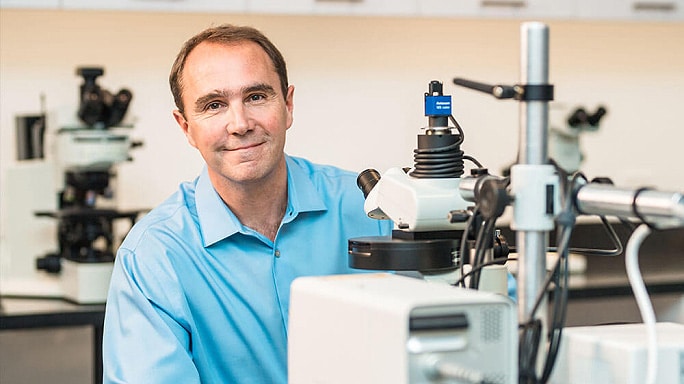

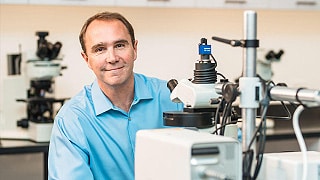
When James Martin’s work helped Sotheby’s determine that “St. Jerome,” originally attributed to the circle of 16th-century Italian artist Parmigianino, and Frans Hals’ “Portrait of a Man” were a fake, it was his laboratory analysis that identified materials that did not exist until centuries after the artists’ deaths.
With the help of science and research, Martin and his museum colleagues use a combination of methods to root out misattributions and fakes, including:
Noninvasive technical imaging to find otherwise invisible clues such as initial sketches under paint, restoration and intentional alteration.
Noninvasive X-ray fluorescence spectrometry to detect and map artists’ changes and the presence of historically inaccurate elements.
Noninvasive stereomicroscopy to observe fine detail, to discriminate between real and fake deterioration and to remove samples smaller than the width of a human hair.
Microscopes and spectrometers that use white light, lasers and invisible infrared radiation to identify materials at the particle and molecular level.
Direct dating methods to measure lapsed time since a plant or animal died and became a wood panel or parchment (radiocarbon analysis) or a ceramic was last fired in a kiln (thermoluminescence).
